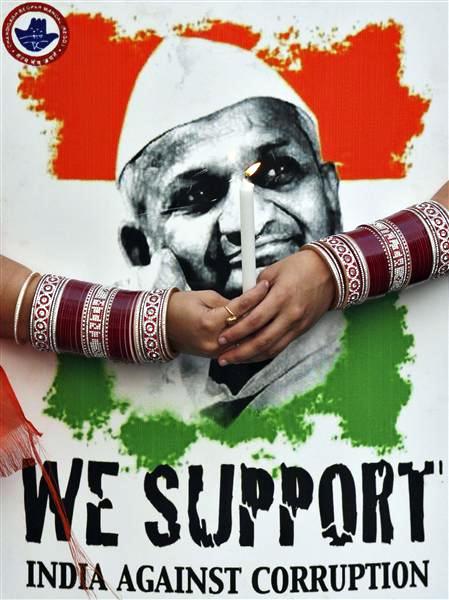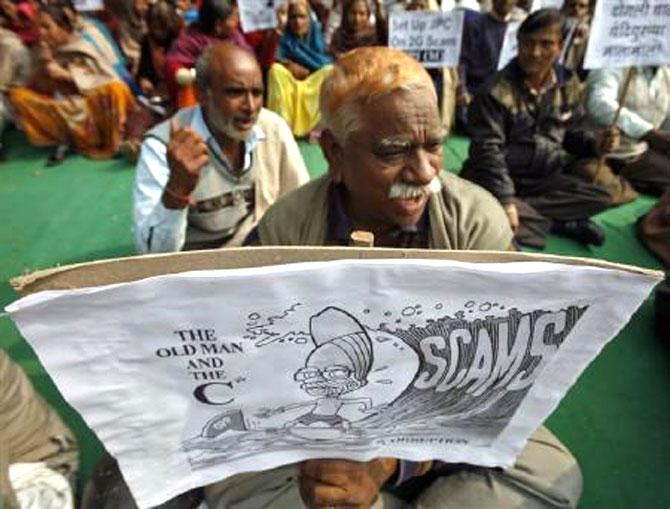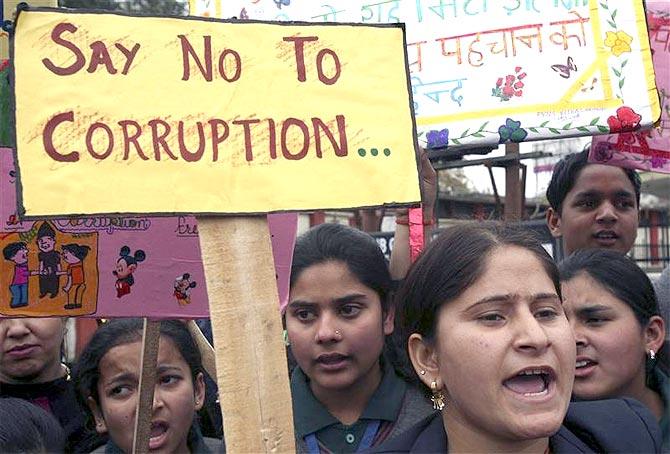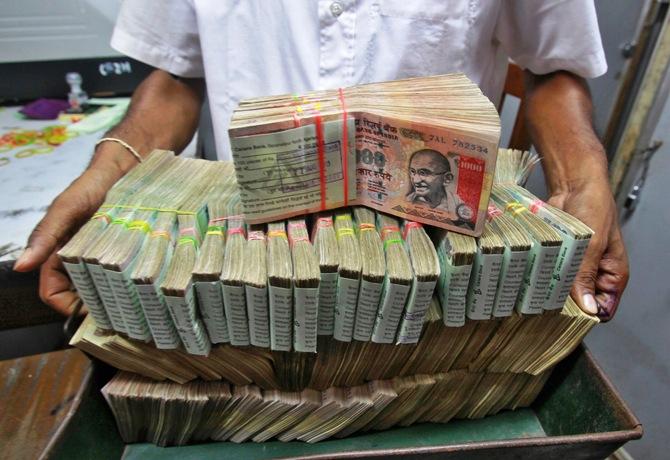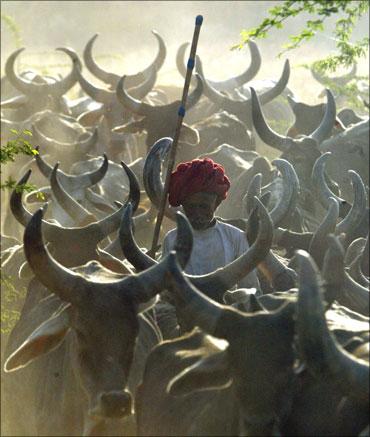 | « Back to article | Print this article |
How govt's welfare schemes turn into big scams
In several states, there were cases of falsification of records and money never reached the poor, says Joydeep Ghosh.
Imagine this: An insurer has covered 500,000 people for weather, medical and other under a state insurance scheme, but pays 700,000 people. How does this happen?
Either, the insurance company makes huge losses or the government pays for it.
At the behest of the Ministry of Finance, the Insurance Development and Regulatory Authority (Irda) has investigated and found credibility in several such cases against a private insurer.
In fact, the insurance regulator’s vigilance department is still looking into some of these cases.
In the above-mentioned case, the insurance authority suspects collusion between employees of the insurer and some nationalised banks.
Click NEXT to read more...
How govt's welfare schemes turn into big scams
One does not know if such cases are rampant in case of government insurance companies/other private sector insurers or not, but there is something certainly wrong with the insurer’s due diligence.
It is quite surprising that an insurance company has happily paid 30-40 per cent more people when they were not insured at all.
According to the insurance company, all the cheques were encashed as well. Now, since the government is paying the premium here, aren’t there systems to monitor how many people have been insured because the premium would be based accordingly.
Click NEXT to read more...
How govt's welfare schemes turn into big scams
The amounts involved are not exceptionally big which perhaps explains the absence of hue and cry.
More importantly, since these are flagship schemes of the government, the insurer will quietly settle with the government and not let things to get out of hand.
The history of slippages taking place in our welfare schemes is long. The modus operandi is also similar.
In the late 1970s, the government introduced IRDP – the Integrated Rural Development Programme. The ambitious project was launched to provide suitable income generating assets through subsidy and credit to families below poverty line.
Click NEXT to read more...
How govt's welfare schemes turn into big scams
The programme was riddled with slippages. A study by Nabard showed (as reported by Indian Express) that block officials in one state were releasing subsidy amount to the beneficiaries up to the ceiling amount of Rs 6,000 in more than one instalment under various investment activities.
Every time a new family was considered. This led to duplication of number of families assisted.
In several states, there were cases of falsification of records and money never reached the poor.
In the early-nineties, a professor in Gokhale Institute of Politics and Economics gave an interesting example of how IRDP was misused and mis-targeted.
Click NEXT to read more...
How govt's welfare schemes turn into big scams
In states in Rajasthan, which lacked good quality fodder for cattle, farmers were given cows for dairy business.
While the cattle were of the best quality, they simply could not produce enough milk due to absence of fodder.
Soon, the cows died. The farmer went back to the development official for more cows or stayed poor.
As the above scam shows, duplication of recipients is a favourite way of duping the government – even after 35 years, despite all the computerisation and development, we seem to have learnt little.
